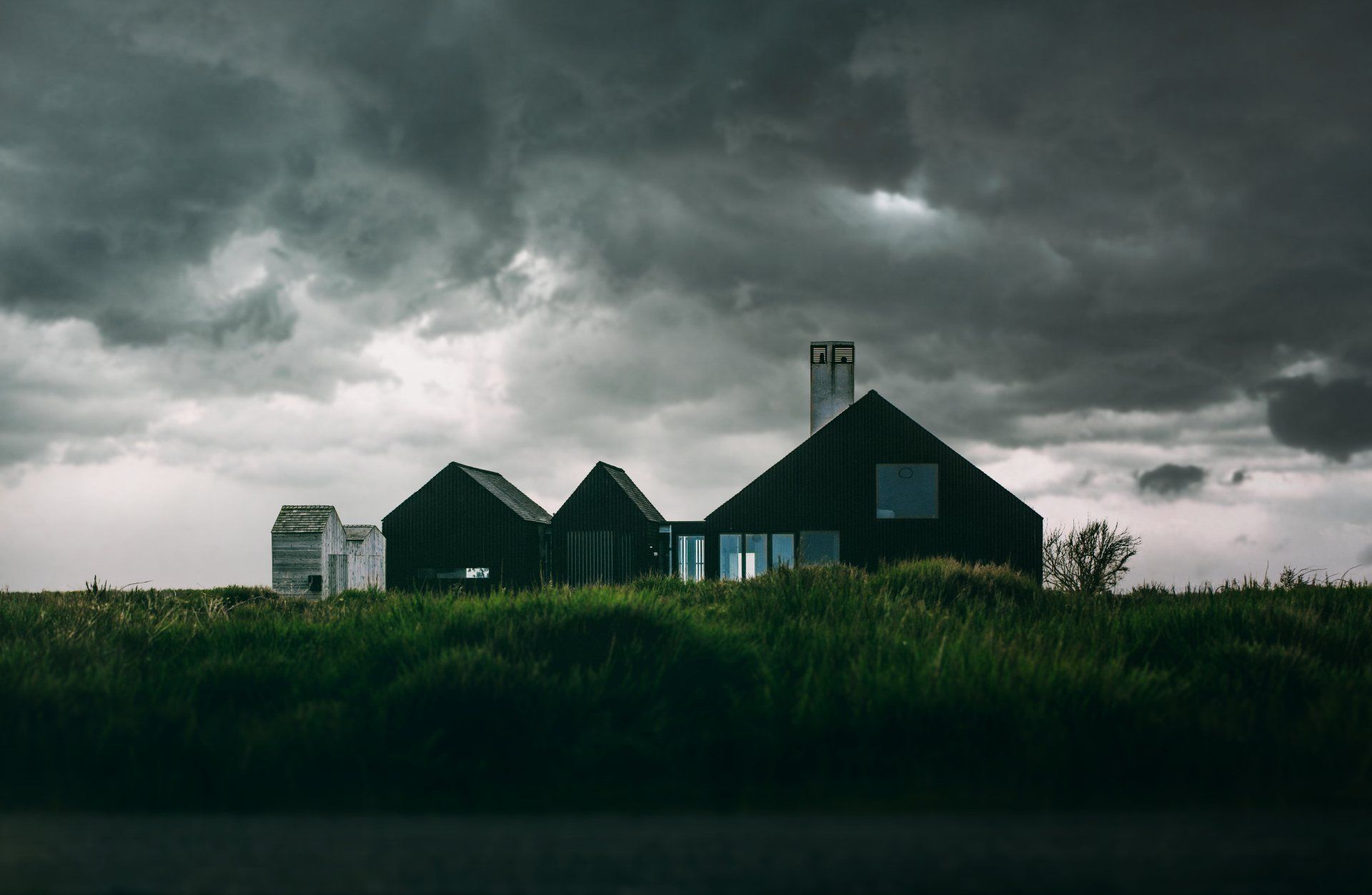Signs of Ceiling Water Damage: How to Identify and Address the Issue
Addressing a Soaked Ceiling: DIY Solutions for Water Damage
Homeowners face challenges when it comes to identifying and addressing potential water damage issues. One of the most common and often overlooked signs of such damage is found on the ceiling. Whether it's a small water stain or a more noticeable sagging or discoloration, these indicators can signal a larger problem lurking above. Additionally, peeling or bubbling paint is an indicator of water damage and should not be ignored, as it further signifies the presence of moisture that could lead to more significant issues if not addressed promptly.
In this blog post, I will guide you through the various signs of ceiling water damage, helping you to identify the issue and take the necessary steps to resolve it before it leads to costly repairs. So, if you're a homeowner eager to protect your property, read on to gain valuable insights and practical tips!

Identification of water damage signs
It is essential to understand the signs of ceiling water damage so that prompt action can be taken to address the issue. If you notice any of these signs, it is recommended to consult a professional water damage restoration service to properly assess the damage and carry out the necessary repairs.
Discoloration and staining
When water leaks or seeps into the ceiling, it can cause the paint or wallpaper to change in color and develop unsightly stains. These stains can range from light yellow or brown to dark and even black, depending on the severity and duration of the water intrusion.
Sagging and warping
When moisture makes its way into the structure of a building, it can cause the materials to weaken, leading to sagging or warping. If you notice that your ceiling appears to be lower in certain areas or has a slight curve to it, it's crucial to address the issue promptly.
Mold and mildew growth
It is truly astonishing how quickly these unsightly organisms can thrive in the presence of moisture. If you notice a musty odor or discoloration on your ceiling, it is highly likely that mold or mildew is present. This is not only an aesthetic concern but also a health hazard, as mold spores can trigger allergies and respiratory problems.
Peeling or bubbling paint
One common indicator that there may be water damage is peeling or bubbling paint on the ceiling. When water seeps into the ceiling, it can cause the paint to lose its adhesion and begin to peel or bubble. This is often seen in areas where there is a leak, such as around a vent or near a roof leak.
Identifying the source of the water damage
One of the most crucial steps in addressing this issue is identifying the source of the water damage. This may seem like a daunting task, but there are several telltale signs that can help pinpoint the origin of the problem. One of the most common signs is water discoloration or staining on the ceiling.
Roof leaks
One of the most obvious signs of a roof leak is water stains on your ceiling. These stains usually appear as discolored patches or dark rings, indicating the presence of water seeping through your roof and into your home.
Plumbing issues
It is crucial for homeowners to be aware of the signs that indicate such damage, as early detection can prevent further deterioration and costly repairs. One of the most evident signs is the presence of water stains or discoloration on the ceiling. These stains can range from subtle yellowing to more pronounced brown patches, and they often appear near pipes or fittings.
Condensation and humidity
These hidden signs can go unnoticed until it's too late, resulting in severe structural problems and mold growth. One telltale sign of condensation is the appearance of water droplets or stains on the drywall ceiling water damage, particularly in areas near windows or poorly insulated sections.
Tips for addressing ceiling water damage
One of the most crucial tips I can offer is to identify the signs of ceiling water damage early on. Keep an eye out for water stains, discoloration, peeling paint, or sagging areas on your ceiling. These are clear indications that water is infiltrating from somewhere, and immediate action is necessary.
One of the first signs to look out for is the presence of water stains or discoloration on your ceiling. These stains can start small but gradually expand if left untreated. Additionally, if you notice peeling or bubbling paint, that could be an indication of water damage. It is crucial to address the issue as soon as possible to prevent further harm to your ceiling and potential mold growth.
When dealing with ceiling water damage, the first step is to identify and resolve the source of the leak. This could be a leaky pipe, a damaged roof, or even an issue with the attic insulation. Once the source has been identified and repaired, it is crucial to dry out the affected area thoroughly. This can be done by using dehumidifiers, fans, and opening windows to increase ventilation. It is essential to keep a close eye on the affected area to ensure that it fully dries out and prevent any residual moisture from causing further damage or mold growth.
In some cases, it may be necessary to replace the damaged ceiling materials if they are beyond repair. Overall, addressing and resolving ceiling water damage requires swift ceiling water damage restoration and careful attention to detail to prevent further structural damage and potential health hazards associated with mold growth.
Preventive measures to avoid future water damage
It is crucial for homeowners to understand that prevention is often the best solution, saving them from costly repairs and extensive restoration in the long run. One of the most effective preventive measures is regular maintenance of the roof and gutters.
By ensuring that the roof is in good condition and free from any leaks or damaged shingles, you can significantly reduce the risk of water seeping into the ceiling. Additionally, keeping the gutters free from debris and properly functionally allows water to flow away from the roof and foundation, preventing any potential leaks or moisture buildup.
Another important preventive step is proper insulation, especially in areas prone to high humidity or extreme weather conditions. Adequate insulation helps to regulate the temperature and moisture levels in your home, reducing the likelihood of condensation and subsequent water damage on the ceiling. By following these preventive measures, homeowners can minimize the risk of future water damage, ensuring a safer and more secure living environment for themselves and their families.
Conclusion
In conclusion, addressing ceiling water damage promptly is crucial for maintaining the integrity and safety of your home. By being aware of the signs of water damage and promptly identifying the source, homeowners can take the necessary steps to address the issue before it worsens.
Additionally, implementing preventive measures can help avoid future water damage occurrences. If you have noticed any signs of water damage in your ceiling, do not hesitate to contact us for a free quote cost to repair drywall ceiling water damage . Our team of professionals repair drywall ceiling water damage is ready to provide you with the necessary expertise and support to mitigate and resolve any water damage issues you may be facing. Don't wait until the problem escalates, take action today!


